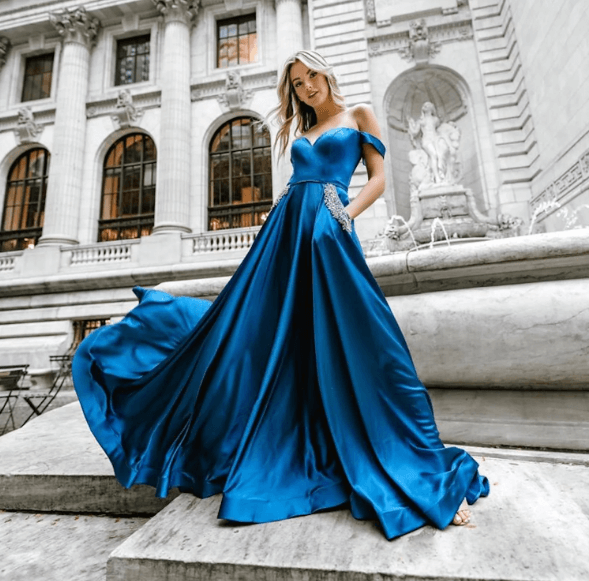
Despite the more laid-back atmosphere, one wardrobe staple has remained: the suit.
Over the years, we’ve seen it rise and fall in favor, but it’s never completely gone out of style. Virgil Abloh’s debut Louis Vuitton collection contained a lot of tailoring, which is a genuine indication of the times and cutting-edge streetwear. Traditional conceptions of formal dresses in Australia, such as the suit, no longer have to evoke a sense of stuffiness; they may be worn as a statement piece that is both seductive and contemporary.
You’ll still need one for formal occasions like weddings, elegant parties, and job interviews, no matter how casual the trend may be. The proprietor of Grenson, Tim Little, concedes that many individuals only wear formal dress during weddings and funerals. But how on earth are you going to pull off wearing yours without seeming like a relic from the past?
To begin with, what exactly is “formal attire”?
It’s the age-old debate of what exactly constitutes “formal wear.” If you’re looking at an invitation that says “formal clothing,” it’s probably a black-tie or white-tie affair, and you’re expected to dress to impress. An event that requires formal wear is likely to be fancy, so you don’t want to stand out as a slob among the well-dressed males in attendance. Generally, men’s formal dresses in Australia denote a black-tie affair, which implies they must wear a black tux. It’s the perfect combination of a black tie and a white collared shirt for guys to wear to a formal event.
Formal clothes may be required in some workplaces, but don’t expect to start wearing your tux to work any time soon. A regular suit with a freshly ironed or non-iron dress shirt is considered business formal work clothes. If you wear a pair of leather dress shoes, you’ll appear like Sterling Cooper from Mad Men. Formal clothing, on the other hand, is no longer strictly traditional. If you keep your appearance professional and elegant, you may get away with a dressed-down version of formal clothes these days. The new standards for men’s formal clothes are outlined in this article, so keep reading to find out how always to look your best.
Men’s formal attire has undergone a significant overhaul in the last few years.
Is it reasonable to demand today’s man adhere to the exact formal wear requirements as his forefathers in Australia did? Even though dress regulations are still in place, the guidelines have changed. The next time you prepare for a formal function, keep these new guidelines in mind.
REDEFINE YOUR OUTFIT
A lot of people get carried away with tailoring in Australia. Please keep it simple and allow your personality and your suit to do the talking. You’ll not only save time getting dressed, but you’ll also appear more natural and unaffected. Effortless and efficient.
DISREGARD THE TERM “SLIM FIT”
A decade of “slim fit” dominance in mainstream clothes has come to an end in Australia, especially when it comes to formal attire. Slim fit is sometimes misinterpreted as “too tight,” No one wants to wear a suit they can’t even put on or button. Choosing a suit that flatters rather than restricts your body form is the key to finding an attractive outfit in Australia.
SET YOUR SIGHT ON COMFORT.
There is no need for a suit to be cumbersome. When compared to a Savile Row suit, an unstructured suit is significantly more comfortable and won’t make you feel like you have to stand to attention when you wear it. Savile Row suits have a military shape, with built-up corded shoulders and bulging chest flaps.
For maximum coziness, put an oversized outer garment over the top. If your suit doesn’t fit beneath an oversized coat, the following size up will do the trick; plus, it can serve as a warm weekend jacket. You can still see your hands by adjusting the sleeve length.




More Stories
How to Select Men’s Sunglasses
Men’s Fashion: A Mini Guide to Dressing for Your Wedding
Black Friday Sale!! Shapewear along with waist trainer wrap